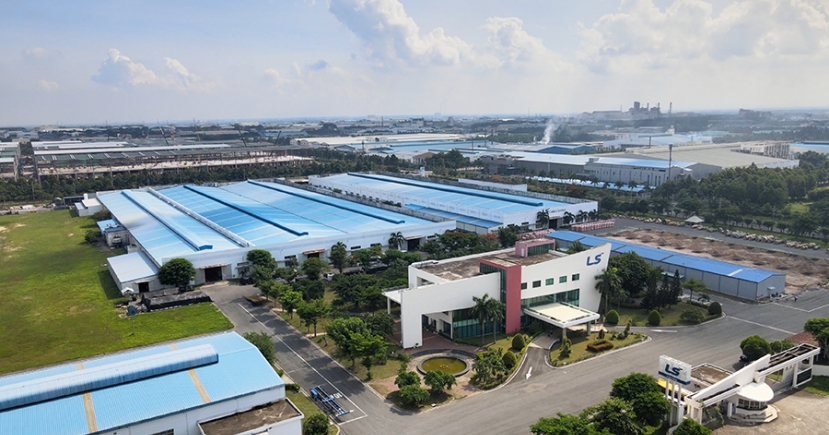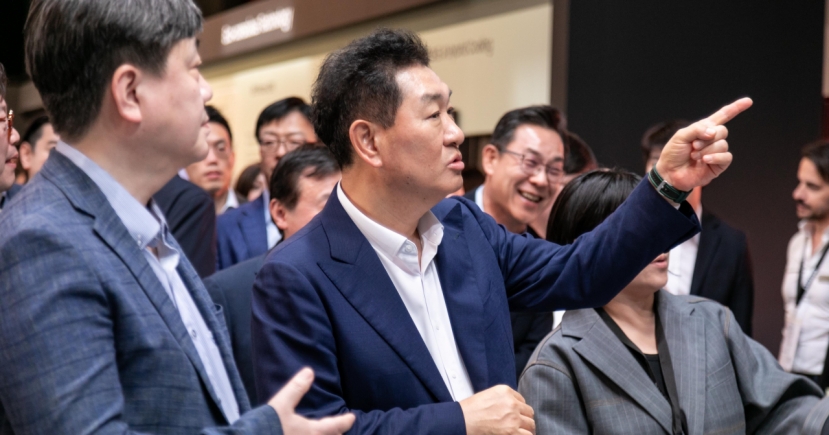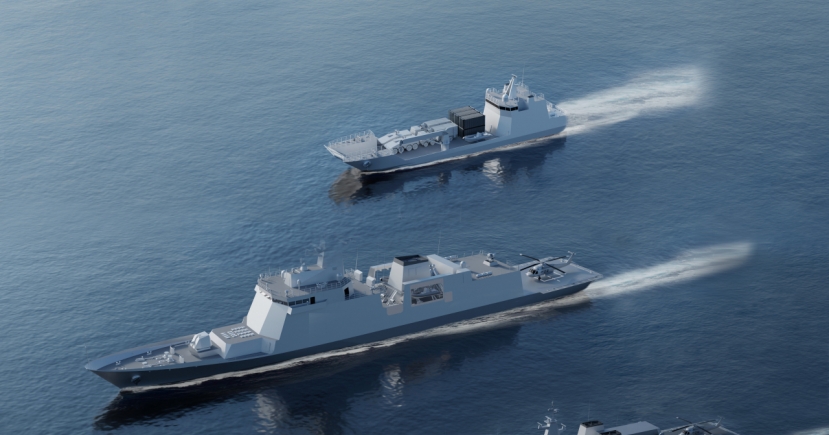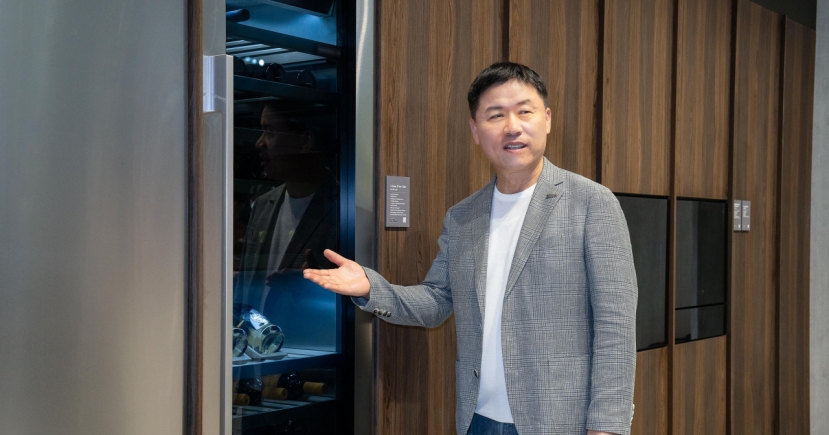Economy
[INTERVIEW] Orsted sees market potential in Korean offshore wind power
Denmark’s state-run energy company Orsted sees high potential in the Korean offshore wind power market, intending to build long-term, sustainable relationships with the Korean government and companies.
 |
Matthias Bausenwein, Orsted’s head of Asia-Pacific operations. |
“Korea has a high potential in the offshore wind power market, given that the nation is a peninsular, possesses numerous sites with superb wind and the government’s strong willingness to achieve its energy shift goal,” said Matthias Bausenwein, Orsted’s head of Asia-Pacific operations, in a recent interview with The Korea Herald.
Orsted built the world’s first offshore wind farm in 1991 and has installed over 1,200 offshore wind turbines in Europe and the US to date.
The firm aims to build a long-term and sustainable partnership with the government and companies in Korea, which implemented its “Renewable Energy 3020” plan in 2017. The plan is intended to increase the share of renewable energy power generation to 20 percent by 2030, with the aim of producing 63.8 gigawatts through renewable energy sources, of which 17.7 gigawatts through wind power.
Offshore wind power is rapidly emerging to become a practical renewable energy source amid many countries’ energy transition taking into consideration climate change and the switch toward low-carbon economies.
“We are building a long-term track record (here) by having relationships with Korean companies for Taiwanese projects and European projects. We are fairly confident we can collaborate with Korean companies,” he said.
This year, Orsted signed two multibillion contracts with Korea’s Hyundai Steel Industries and Samkang M&T to provide jacket foundations, and with LS Cable to provide the undersea cable that is used in the construction of Taiwan’s Greater Changhua 1 & 2a offshore wind farm. Greater Changhua projects are being developed by Orsted with a total capacity of 2.4 gigawatts.
“Korean companies have demonstrated their competence through participating in a number of European offshore wind projects,” he said. Orsted can help such capable Korean companies advance into the global market with its international experience with large scale infrastructure projects, he added.
Bausenwein is optimistic about tapping into the Korean offshore wind power market as he sees there is “a strong collaboration” between Korea and Denmark.
“Prince of Demark was in Korea lately. There are good dialogues between the two countries. We can also see that there is openness (in Korea) towards having players who have a long-term, sustainable approach, not like an investor, but rather like an energy company which builds something up together with Korean partners and the Korean government.”
In May, the Korea Energy Agency and the Danish Energy Agency signed an agreement in Seoul to revitalize the renewable energy industry and share policies for renewable energy development. The Danish crown prince participated in the signing ceremony to emphasize the friendship between the two countries and their commitment to future cooperation.
The Asia-Pacific head welcomed the government’s renewable energy 3020 plan.
“Korea is behind in renewable energy compared to other global markets. But its renewable energy policy is definitely going in the right direction,” he said.
“Whether it is achievable is not important. Even if you fail to achieve, it is still better to have a clear target and add a significant amount of renewable energy into the system. I don’t think it is unrealistic.”
Challenges still lie ahead in building offshore wind power projects.
“People always ask about weather conditions, site, soil and typhoons. But I think the key challenge is buy-in from local stakeholders (including residents),” he said.
“People don’t know offshore wind. They will just know there is a big wind power plant we build in front of their homes. So it is very important to embrace them and explain from the beginning there will be a lot of benefits.”
Orsted believes through the projects, there will be new jobs and opportunities to create new small and midsized businesses in terms of components and services.
The outlook of the global offshore wind power market appears favorable. According to US research firm Allied Market Research, the global offshore wind energy market was valued at $2.7 million in 2016 and is expected to reach $11 million by 2023, with an annual growth rate of 19.4 percent from 2017 to 2023.
By Shin Ji-hye/The Korea Herald
(shinjh@heraldcorp.com)








